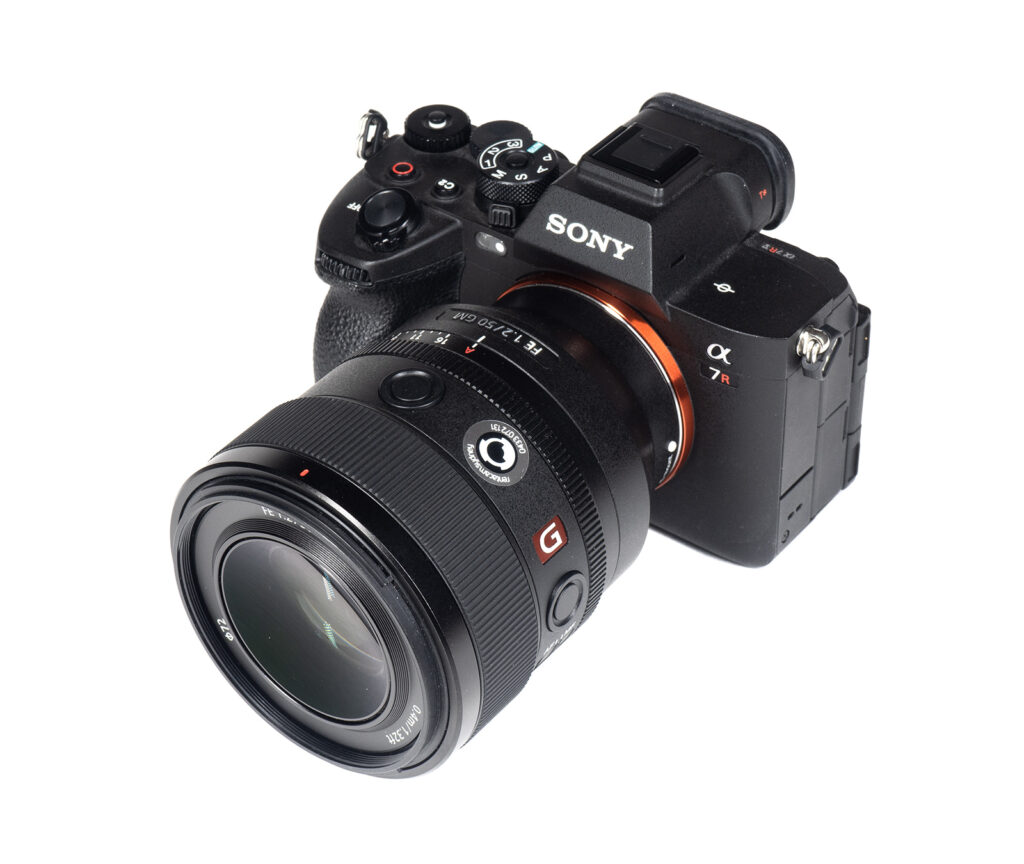What’s better than a fast lens? Yes, a faster one. That’s also the motto in this review of the Sony FE 50mm f/1.2 GM. It has been on the market for a while now, so it’s about time for us to cover it. At the time it was released, it also killed the statement that the E-mount isn’t suitable for fast lenses. Obviously, this myth has been busted a number of times ever since (i.e., the manual Voigtlander Nokton 50mm f/1 Aspherical is even faster).
Unfortunately, there’s also a downside with such lenses – their price tag. The FE 50mm f/1.2 GM can be yours for no less than $2000 USD. That’s quite an entry hurdle, which may make you consider the more sanely priced f/1.4 options.

The Sony FE 50mm f/1.2 GM is a professional-grade product, and it shows. The build quality is excellent. The lens body is made of high-quality engineered plastics based on a metal mount. The focus ring turns smoothly. And the dedicated aperture ring has a nice click action to it. The lens is dust- and moisture resistant – also helped by the internal focusing mechanism.
No less than four XD Linear AF motors provide a pretty high focusing speed, and AF actions are near-silent. Manual focusing works “by wire”, as usual. While the lens alone exhibits some focus breathing, it is compatible with in-camera focus breathing compensation.
| Specifications | |
|---|---|
| Optical construction | 14 Elements in 10 Groups (3x XA) |
| Number of aperture blades | 11 (rounded) |
| min. focus distance | 0.4m (max. magnification 1:5.9) |
| Dimensions | φ87 x 108 mm |
| Weight | 778g |
| Filter size | φ72mm |
| Hood | petal-shaped (bayonet mount, supplied) |
| Other features | Aperture ring (de-clickable), focus stop buttons, dust and splash resistant, fluorine coating, floating system, compatible with breathing compensation |
Distortions
The Sony FE 50mm f/1.2 GM produces a mild pincushion distortion of just over 1% in RAW images. Auto-correction can easily help to deal with it.
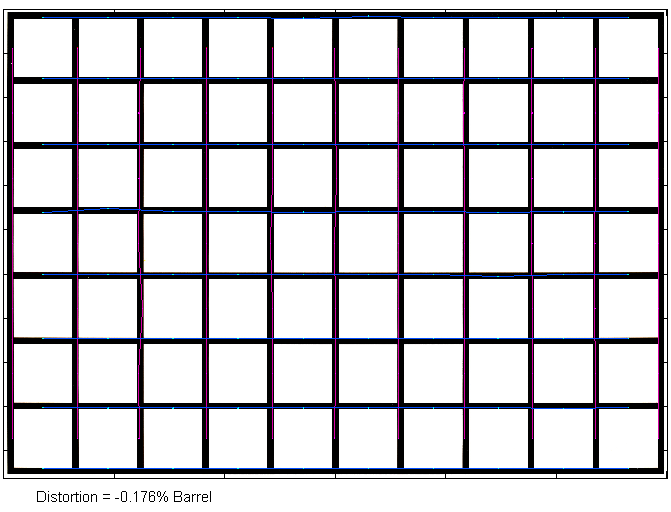
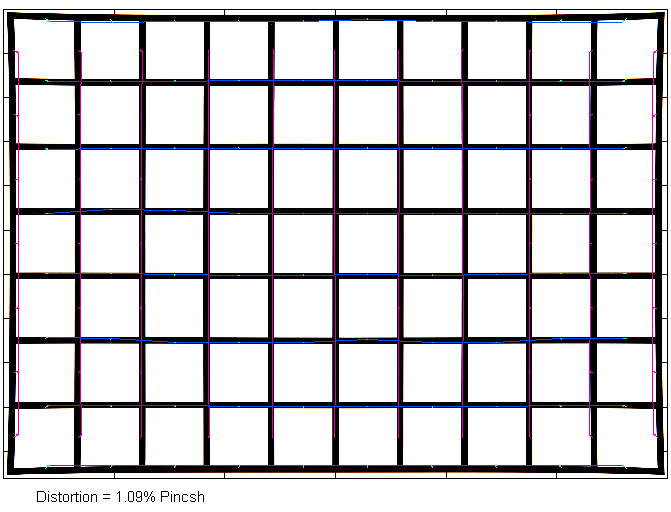
Vignetting
Ultra-large aperture lenses tend to produce very high vignetting at max aperture, and this also applies to the Sony lens. At f/1.2, the vignetting exceeds 2.7 EV (f-stops) in RAW images. Stopping down to f/2 cuts this down to about a half and the vignetting settles to just under 1 EV at medium aperture settings.
Auto-correction reduces the vignetting to 1.4 EV (f-stops) at f/1.2. That’s still very visible but not overly disturbing. From f/2, the issue is negligible in this case.

MTF (resolution) at 42 megapixels
The Sony FE 50mm f/1.2 GM produces rather astounding resolution results. Ultra-fast lenses don’t tend to be super sharp, but the Sony lens proves that this doesn’t need to be the case. The center quality is already outstanding at f/1.2. The border quality is still very good and the corners are more than just acceptable. At f/2, the outer image field sees a significant improvement, with the extreme corners now also very good. The peak performance is reached at f/4 with excellent results across the image field. From there on, diffraction is the limiting factor, but f/11 remains very good. f/16 should be avoided as usual (not shown).
The field curvature is very low. The centering quality of the tested sample was good.
Please note that the MTF results are not directly comparable across the different systems!
Below is a simplified summary of the formal findings. The chart shows line widths per picture height (LW/PH) which can be taken as a measure of sharpness. If you want to know more about the MTF50 figures, you may check out the corresponding Imatest Explanations.

Chromatic Aberrations (CAs)
Lateral CAs have an average width of around 0.4px at the image borders and max aperture. This increases slightly the more you stop down, but the CAs remain very low throughout the aperture range.

Bokeh
A discussion of an ultra-large aperture lens wouldn’t be complete without analyzing the bokeh.
The Sony FE 50mm f/1.2 GM has 3 XA elements or, in other words – 3 aspherical elements. This is normally a recipe for onion rings in out-of-focus highlights. However, the quality of these aspherical elements is so high that the inner zone of the discs is perfectly rendered. There’s also almost no outlining of the discs.

When looking at the highlight rendering across the whole image field, we can spot a deterioration from the circular shape toward the corners. However, the disc shape is ellipsoid (at f/1.2), so the result is pleasing even in the outer image field. f/1.4 looks a bit worse, actually. Most of the discs are restored to their circular shape at f/11 except in the extreme corners.
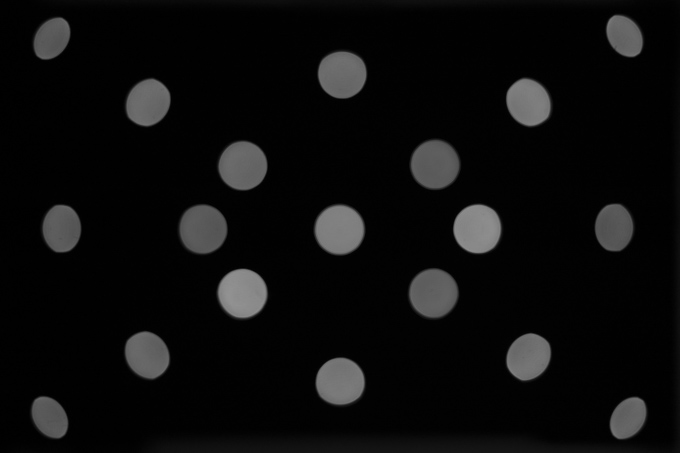
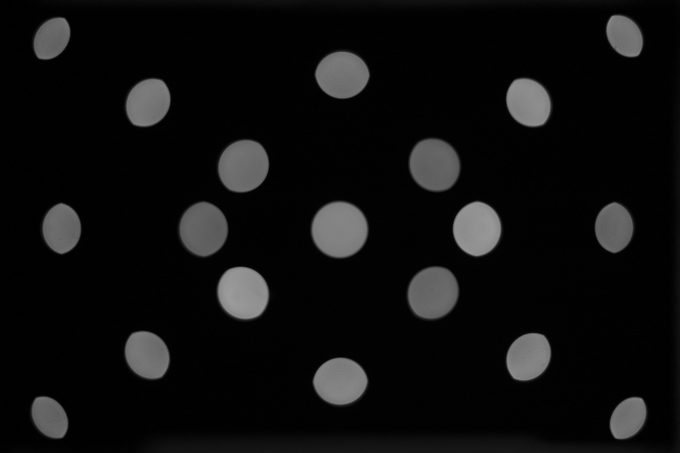

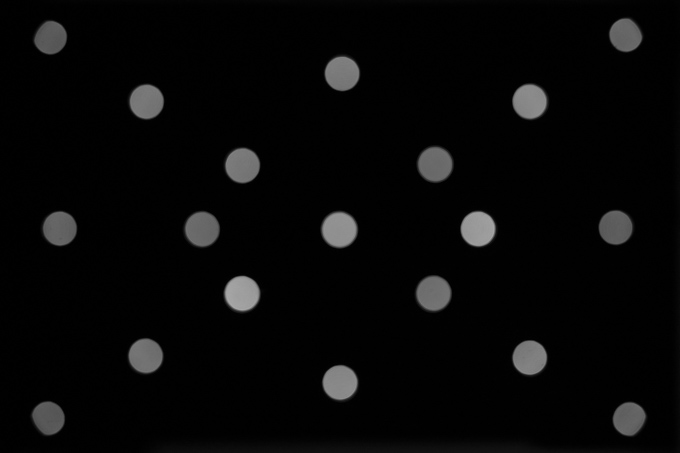
The rendering quality in the focus transition zone is silky smooth both in the image background and foreground (at f/1.2).

Bokeh Fringing / LoCA
LoCAs, or bokeh fringing, is a color fringing effect on the Z-axis. It shows up with a purplish tint in front of the focus point and a greenish tint behind – and it’s nearly impossible to fully correct in post.
The Sony FE 50mm f/1.2 GM isn’t fully corrected in this respect. You should be able to spot the color fringing at f/1.2 up to f/2. Traces remain at f/2.8, and the issue is mostly gone at f/4.
You may also notice that the focus point remains spot on when stopping down (= no relevant RSAs).
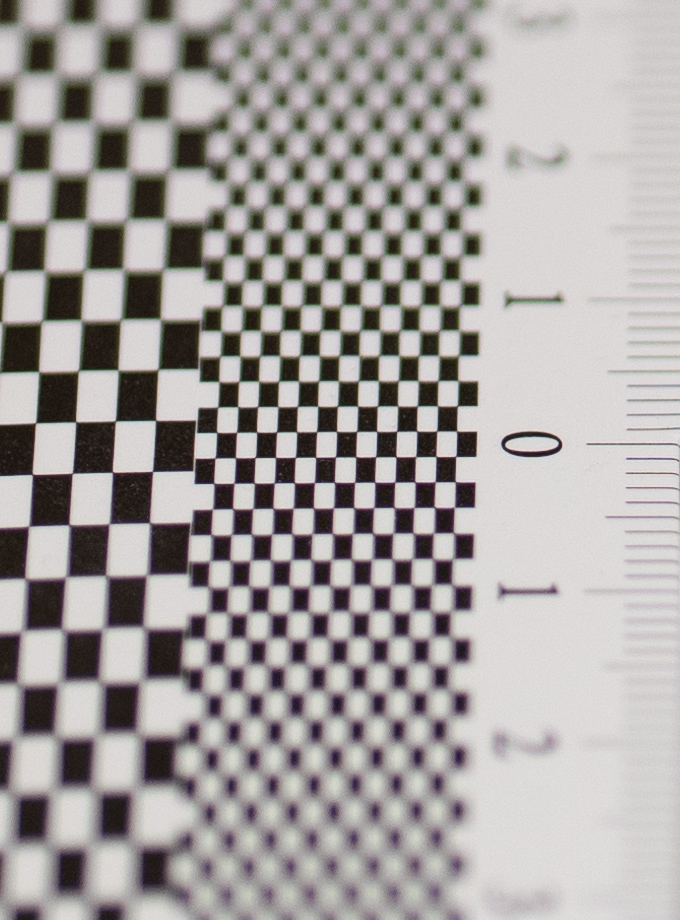
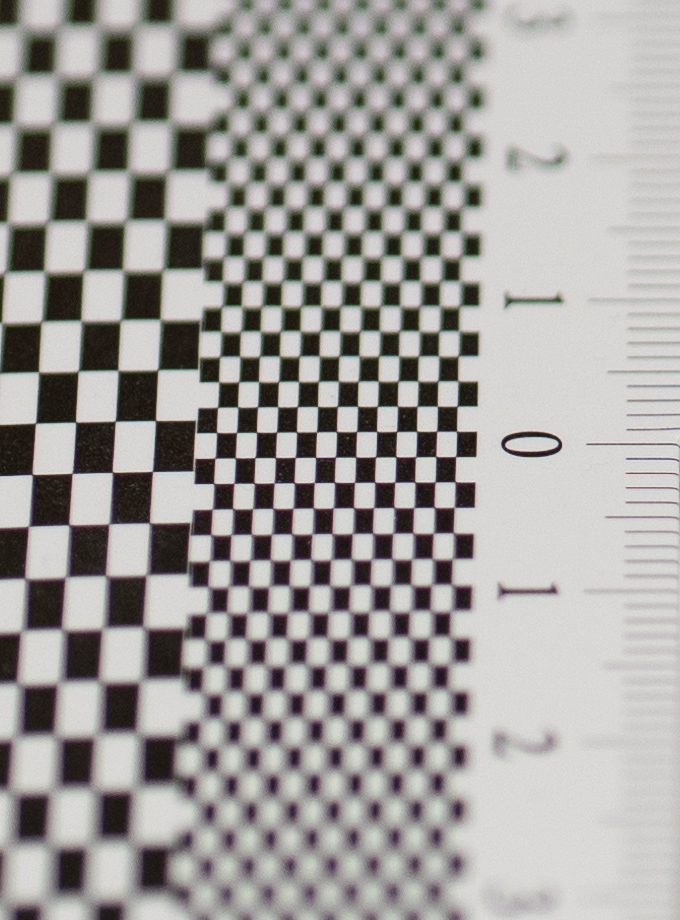
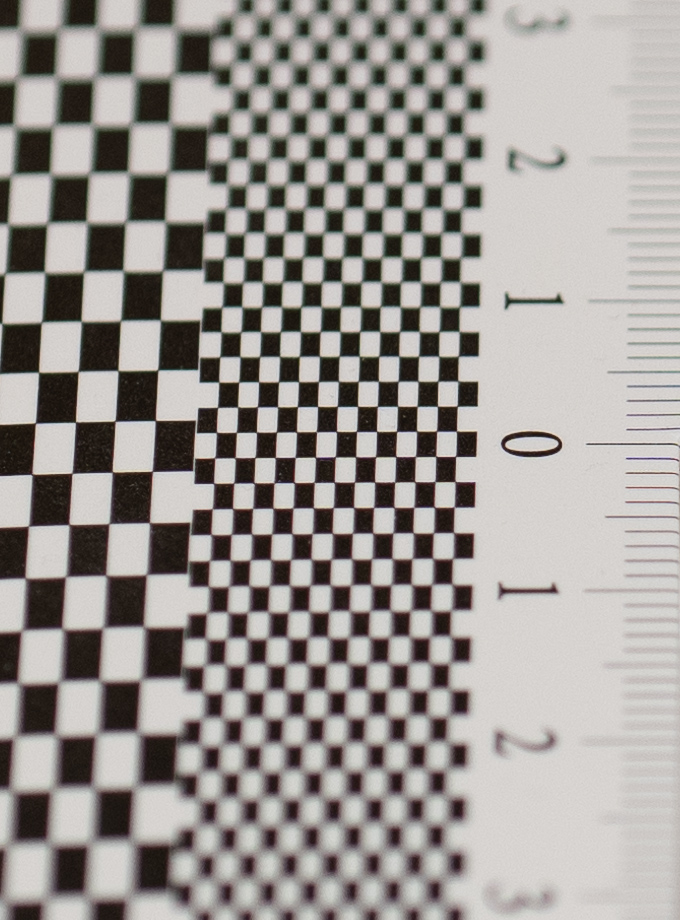


Competition
As always with Sony E-mount, users have a variety of choices in this lens segment. In the high performance category, there’s also Sony’s own FE 50mm f/1.4 GM (center below). We haven’t tested this one, but given that it’s a GM lens as well, it should be excellent – at a much lower cost, thanks to f/1.4 instead of f/1.2. Another lens that we haven’t tested is the Sigma 50mm f/1.2 DG DN ART (to the right), which is available for 2/3rds of the price.

Sample Images
The Sony FE 50mm f/1.2 GM may not be cheap, but it IS an outstanding lens by most standards. It's extremely sharp in the image center at f/1.2 already and the outer image field is pretty good here. Stopped down a little, and the results are almost mindblowingly sharp up into the corners. RAW images show some heavy vignetting at f/1.2 but auto-correction can help here, of course. Distortions and lateral CAs are low to start with anyway. Maybe more important than the image sharpness is the silky smooth bokeh. After all, you are probably interested in this lens for its shallow depth-of-field capabilities. There is some bokeh fringing (LoCA) going on but this applies to the vast majority of fast lenses.
The build quality and AF speed is up to professional standards. Videographers will also like the de-clickable aperture ring as well as the compatibility with Sony's breathing compensation (depending on the camera body).
-
Optical Quality
-
Build Quality
-
Price / Performance


